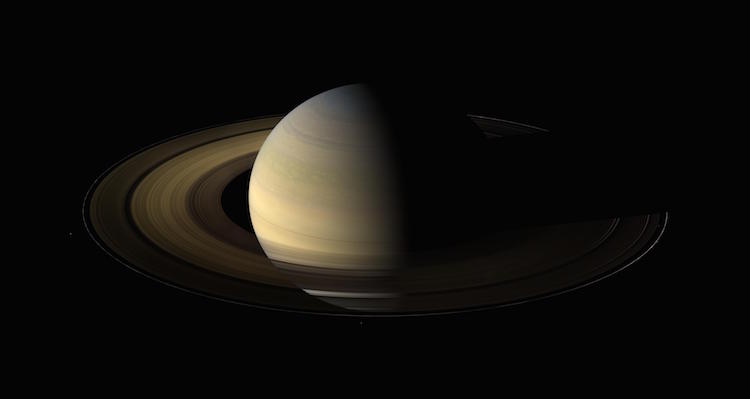
February is always the shortest month, so it seems appropriate that there isn’t so much to see in the night sky for those in the Northern Hemisphere in the next 4 weeks.
But the New Moon on February 9th will set the stage for some excellent opportunities to see the gas giants Saturn and Jupiter, as they will come to extreme proximity to the young moon, thereby giving stargazers both an easy time finding the planets, and very little light pollution.
On February 10th, just after sundown in America, and at around 23:00 in Central Europe, the ringed planet of Saturn will be situated about 1.8 degrees north of the Moon, which will be just one day old.
This is a perfect opportunity to see Saturn as the Moon will allow you to quickly find it, but at one day old, will produce almost no light pollution. While you can’t see the famous rings with your bare eyes, a pair of binoculars or a telescope will do the trick.
The same principle will allow Jupiter, the largest planet in our solar system, to be easily found and seen on February 15th after midnight in the USA or around dawn in Europe. You can find the gas giant at 3.2 degrees south of the Moon, which will be one day short of the first quarter, a beautiful combination to be sure.
Also in February, the α-Centaurid meteor shower will reach its peak late at night in the USA on the 8th. It’s a small shower of around 5 shooting stars per hour, but arriving just one day before the New Moon, the sky will be exceptionally dark.
February’s full moon is going to be a “micromoon” which is the opposite of a supermoon. If a supermoon is caused when the date of the full moon corresponds to the Moon’s position in “perigee” meaning the closest point to Earth in its orbit, a micromoon occurs when the date of the full moon corresponds to the Moon’s position in “apogee,” or the farthest point from Earth in its orbit.
According to Old Farmer’s Almanac, In the 1760s, Captain Jonathan Carver visited with a group of Dakota Indians called the Naudowessie, and wrote that they termed this full moon the “Snow Moon” because more snow usually fell during this period.
The Cree traditionally called this the Bald Eagle Moon, while the Tlingit called it the Black Bear Moon, because bear cubs were born at this time. The Cherokee called it the Hungry Moon, because food was hard to come by.
SHARE What’s Up In The Night Sky On February With Your Friends…



















